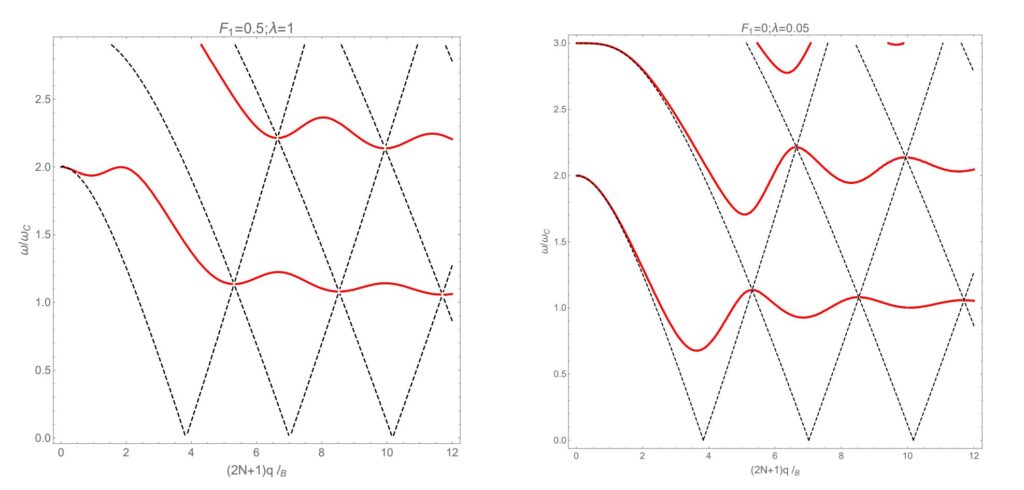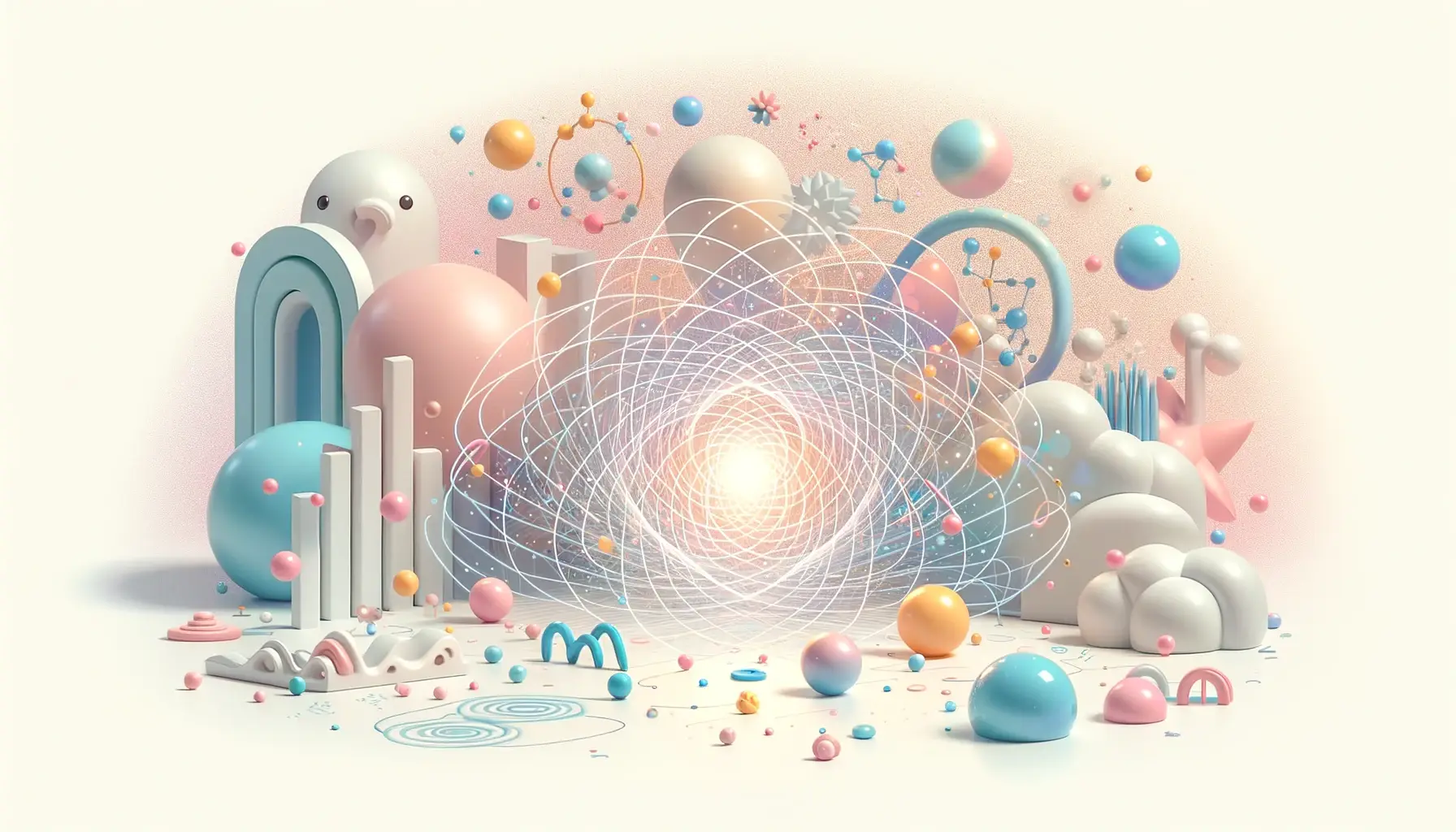I am very excited to announce that my most recent work in collaboration with Dung X Ngyuyen, Matthew M Roberts and Dam T Son is finally out. This is a follow-up paper to (and in some sense overdue completion) of a short paper we wrote almost a year ago regarding the effects of particle-hole symmetry regarding the properties of fractional quantum Hall states in the Jain sequence. The two papers are respectively published in PRL (Physical Review Letters) and PRB (Physical Review B). The pre-prints of the two papers are available on the arXiv for free here and here.
The following is a short summary by Dung and Son about the goal and results of the project.
The fractional quantum Hall (FQH) effect is a fascinating problem in condensed matter physics: a two-dimensional electron gas in a strong magnetic field forms nontrivial topologically ordered gapped states. The problem is highly non-trivial since it is an intrinsically nonperturbative problem. For filling fractions near 1/2, it has been observed that the low-energy degrees of freedom are neutral quasiparticles—the composite fermions. There are two distinct composite fermion theories for FQH system near half-filling: the original proposal by Halperin, Lee, and Read (HLR) and the Dirac composite fermion theory. The obvious questions are “which one describes the physical system?”, or simply “Is the composite fermion Dirac?” This work is an attempt to distinguish the two theories. We show that the HLR and Dirac theories lead to different responses to an applied electromagnetic field, and only the latter theory is consistent will all symmetries of the physical system, specifically, the particle-hole symmetry.
We construct an effective field theory of composite Dirac fermions for the Jain sequences of quantum Hall plateaux. Using a Fermi liquid description, we derive the Girvin-Macdonald-Platzman algebra, calculate the dispersion of neutral excitations, and compute the electromagnetic response functions. We demonstrate the composite Dirac theory respects the particle-hole (PH) symmetry of the lowest Landau level, while the HLR theory (at least in the versions that have been implemented so far) does not.
In this paper, we show that the spectra of neutral excitations of two theories are identical for Jain sequences, and one may modify the HLR theory to restore the PH symmetry. The bosonization approach in this paper can be used to investigate nematic phase transition of Jain sequences.

